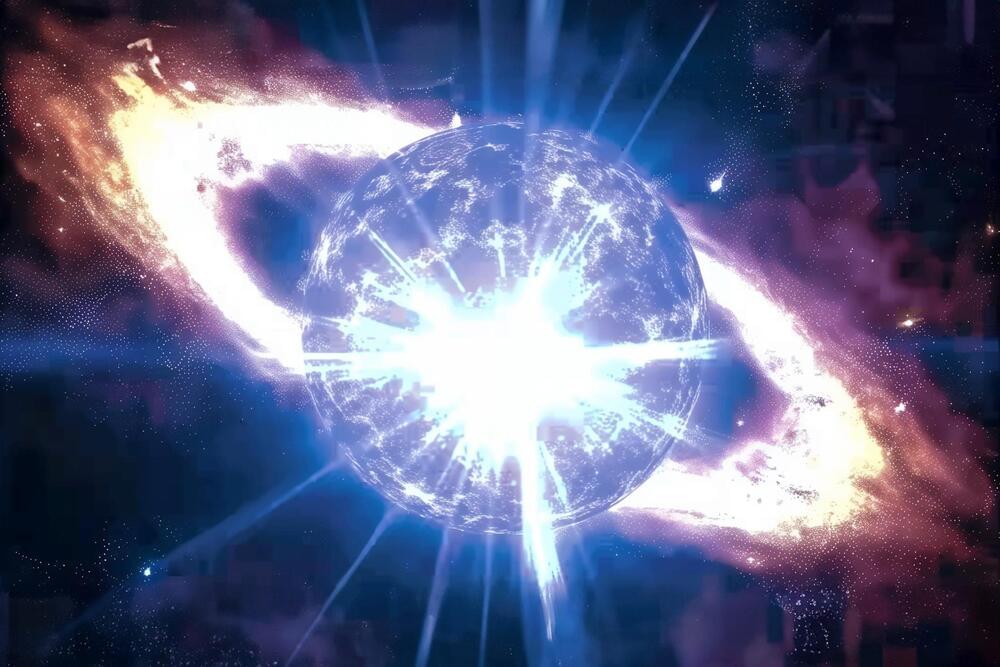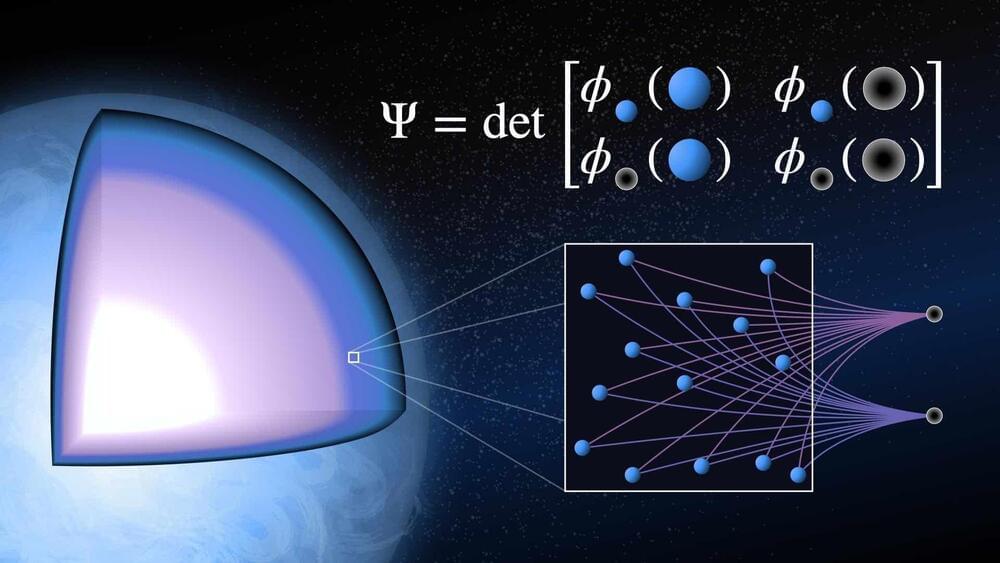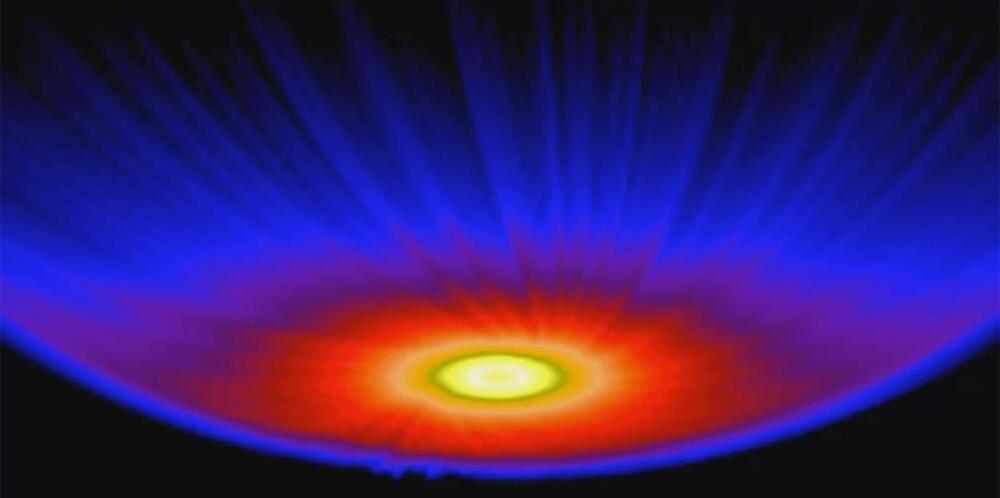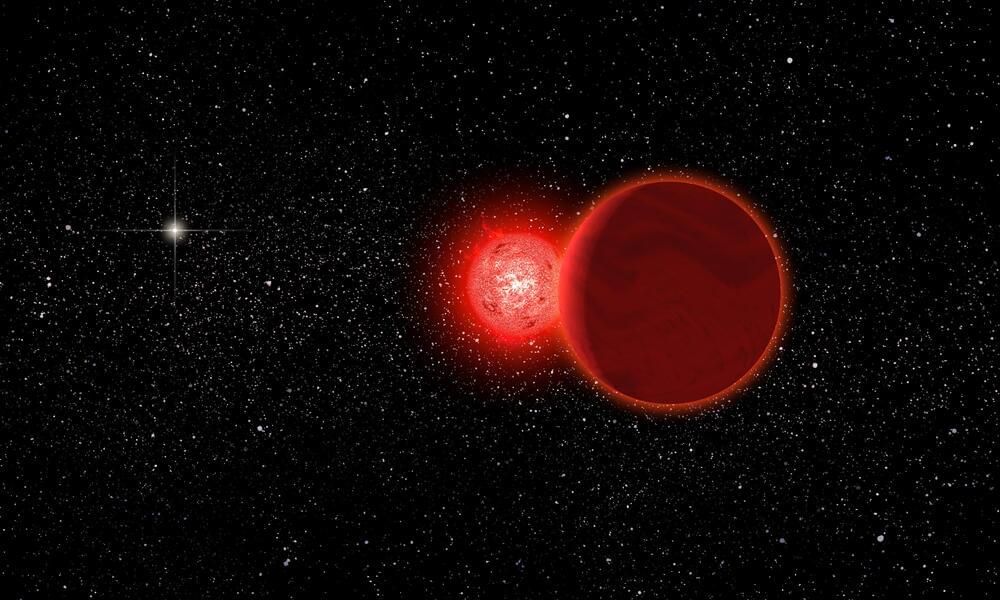Cooler stars may consciously alter their speed through self-directed jet emissions, researchers suggest.
Category: space – Page 146

Magnetically controlled kirigami surfaces move objects: No grasping needed
NASA’s Parker Solar Probe mission has detected magnetic distortions in solar wind, known as switchbacks. To better understand these phenomena, whose origins remain uncertain, a study was conducted by a network of collaborators. This study, published in the journal Astronomy & Astrophysics, reveals that solar jets can create similar disturbances without causing a complete reversal of the magnetic field.
NASA’s Parker Solar Probe mission revealed the presence of switchbacks, sudden and rapid reversals of the magnetic field in the solar wind. These peculiar phenomena, rarely observed near Earth, have captivated the scientific community due to their enigmatic origins. A leading theory suggests that switchbacks originate from solar jets, which are ubiquitous in the lower atmosphere of the sun.
To investigate their origins, a team of researchers from LPP, LPC2E, FSLAC, the University of Dundee and Durham University conducted 3D numerical simulations to replicate plasma behavior in the sun’s atmosphere. These simulations modeled solar jets and studied their propagation in solar wind.

OpenAI’s New Ad Shows ‘Reasoning’ AI Making Basic Errors
“AI” AS THE MODERN VERSION OF BELEIF IN A MAGICAL ALCHEMY. Although widely promoted as being possible, it grows increasingly ridiculous the more that complexity is added. This means a gigantic market bubble is building up for a tremendous burst, UNLESS, the obvious is done: simply treat it as any other useful human-created tool, such as a hammer, a screw driver, or an airplane. Are screw drivers going to rise up and threaten humanity? It is not physically possible in the real physical universe that “ai”, or any other human-created tool, will ever pose a danger to humanity. It CAN be misused by humans, but cannot of its own non-existent will decide to be a danger. It is high time to stop being afraid of the modern version of non-existent ghosts and goblins, otherwise known as “ai.” Stop scaring little boys and girls with superstitious monster stories and, instead, tell them what a wonderful new tool we now have! Like any tool, it increases the degree of freedom and power of the human mind to intervene in the universe. If we want a real “ai”, that will come from our speeding up the evolution of intelligent animals such as octopuses and seeding them on places like the oceans of Europa, the moon of Jupiter.
A demo video shows OpenAI’s new o1 tool measuring liquids in inches.

Neutron Stars Illuminate the Hidden Physics of Quark Superconductivity
Requiring consistency between the physics of neutron stars and quark matter leads to the first astrophysical constraint on this exotic phase of matter.
Recent research uses neutron star measurements to place empirical limits on the strength of color superconducting pairing in quark matter, revealing new insights into the physics of the densest visible matter in the universe through astronomical observations.
Color Superconductivity

Revolutionary AI Unlocks the Superfluidity Secrets of Neutron Stars
Researchers find evidence of superfluidity in low-density neutron matter by using highly flexible neural-network representations of quantum wave functions.
A groundbreaking study employing artificial neural networks has refined our understanding of neutron superfluidity in neutron stars, proposing a cost-effective model that rivals traditional computational approaches in predicting neutron behavior and emergent quantum phenomena.
Neutron Superfluidity in Neutron Stars.
Space missions spanned the solar system in 2024
Humankind accomplished new feats in space this year, including scooping up some of the moon’s farside and launching a probe to Jupiter’s moon Europa.



